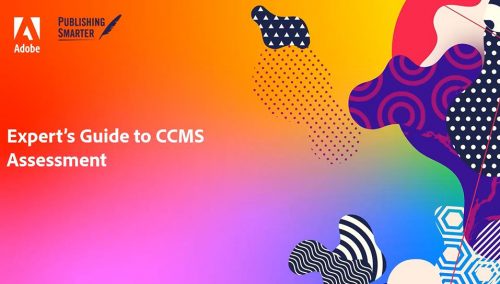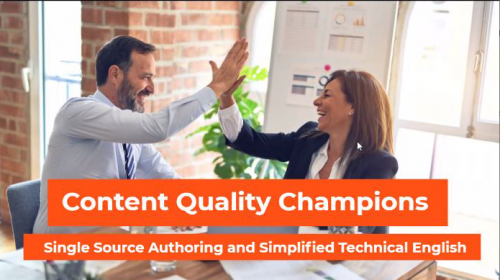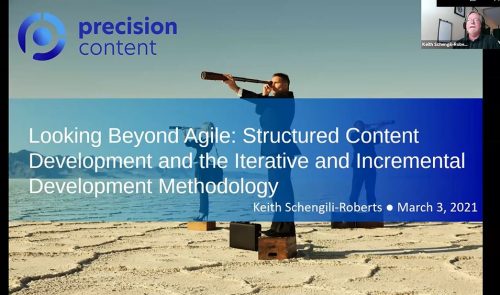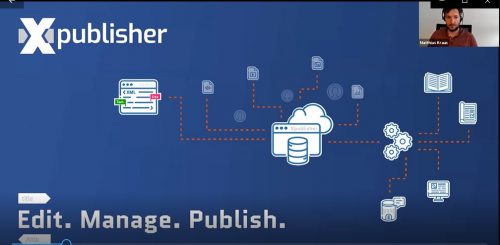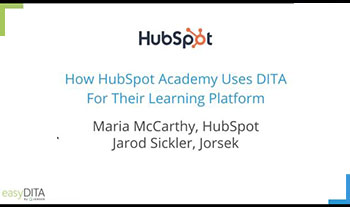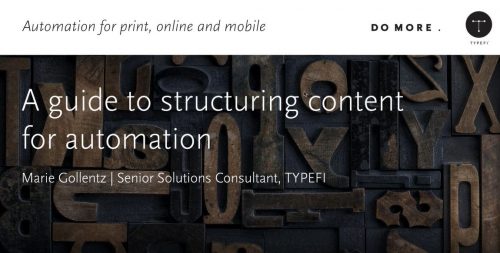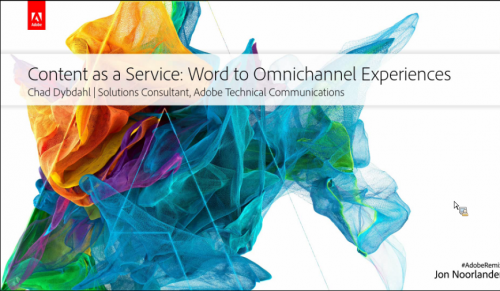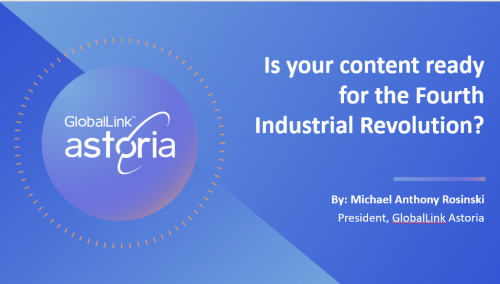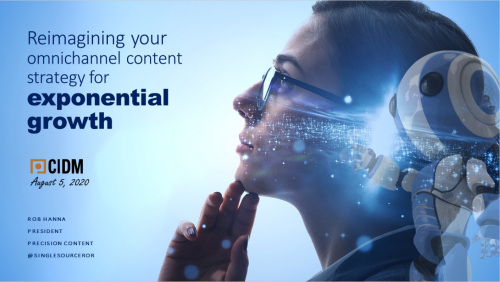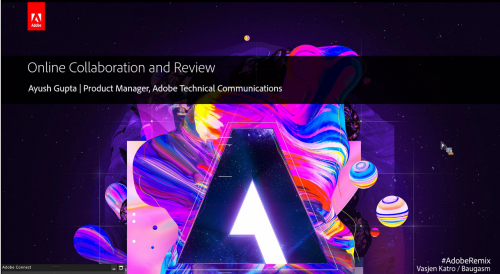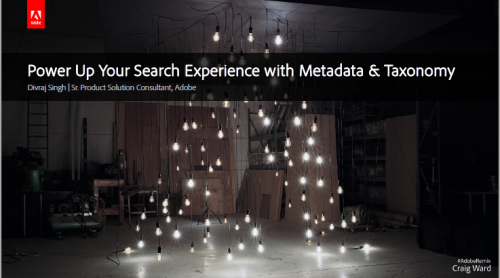March 24, 2021
Every organization has different content management needs. The needs can be pretty broad or hyper-focused. Everybody has different expectations around the user interface, but the underlying requirements are always based on rich capabilities around legacy content ingestion, authoring, metadata management, storage, delivery, and more.
Developing a content strategy is crucial to the success of your CCMS project. Core components help focus your questions, create detailed use cases, and identify candidate departments and content to help assess a CCMS. When you start a CCMS assessment, you should have a comprehensive set of parameters to guide you. It is very important to make the proper discovery and choose the solution which is the right fit. Otherwise, energy is expended to force-fit a solution which usually leads to frustration and wasted resources.
Join Divraj Singh, Sr. Solutions Consultant at Adobe, in a conversation with Bernard Aschwanden, CEO at Publishing Smarter, whose organization has done multiple CCMS migrations, to understand the following parameters which will make a CCMS evaluation process easy. They will be leveraging Adobe’s CCMS solution –XML Documentation for Adobe Experience Manager, to showcase some of these workflows.
- What difference does authoring standard make (unstructured, XML, DITA, HTML etc.)?
- How advanced are the content management capabilities (web vs offline, metadata support, advanced search)?
- How does the solution provision for storage (versioning, DAM capabilities etc.)?
- What OOTB workflows does the solution support (review, translation, task management, content ingestion, etc.)?
- What reporting capabilities does it have?
- What publishing capabilities does it provide(DITA OT, integrated tools, third-party plug-ins)?
- How extensible is the solution (APIs, DITA specializations, integration with external systems)?
Presented by:
Divraj Singh is a Senior Solution Consultant at Adobe, headquartered in San Jose, CA, USA.
As a Senior Solution Consultant at Adobe, Divraj Singh leads consulting for Adobe’s CCMS offering – XML Documentation for Adobe Experience Manager. Divraj has over 12 years of software development and technical management experience. He is a seasoned expert in the field of content management with experience working on various WCMS systems and enterprise solutions. He has worked on various software products spanning different technologies involving mobile-web, analytics, personalization, social applicable to several domains like finance, marketing, retail, and healthcare.
Divraj on LinkedIn: https://www.linkedin.com/in/divrajsingh/
Website
Bernard Aschwanden is the Founder of Publishing Smarter.
Bernard Aschwanden and his company Publishing Smarter help clients reduce costs and improve the quality of content. A past President of the Society for Technical Communications, he trains, writes, and presents on communications, publishing, and single-source reuse. Publishing Smarter helps companies automate content processes to publish better, faster, and smarter and provide a maximum return on investments.
Bernard on LinkedIn: https://www.linkedin.com/in/bernardaschwanden/
Bernard on Twitter: https://twitter.com/aschwanden4stc
https://twitter.com/publishsmarter
Website

